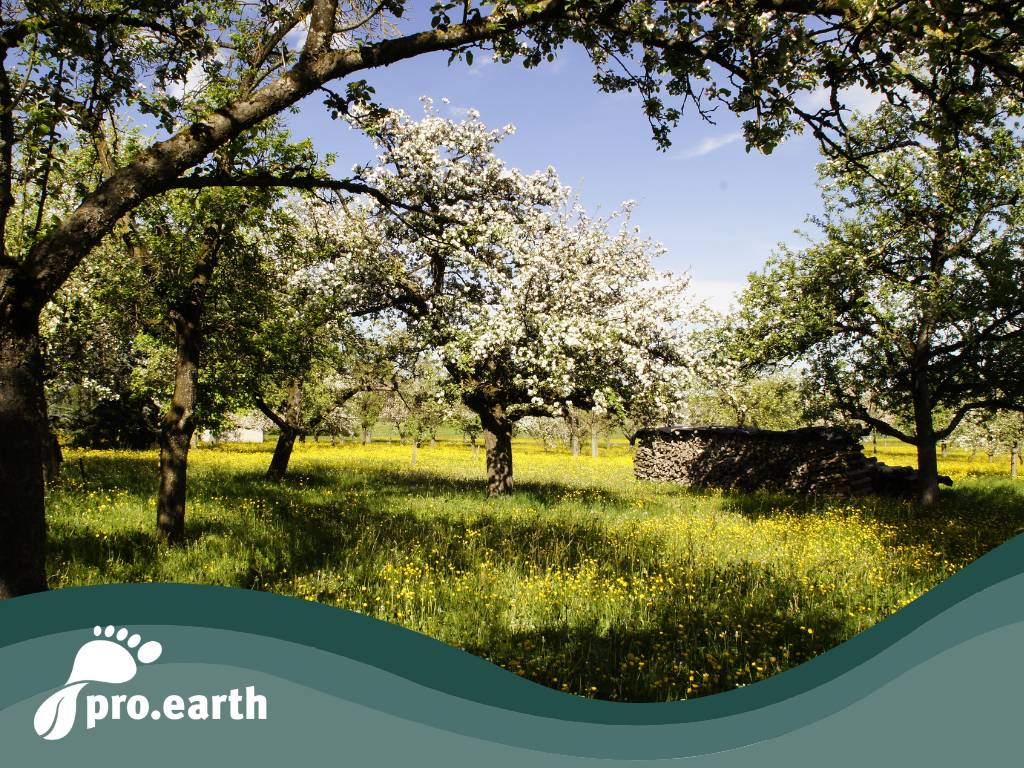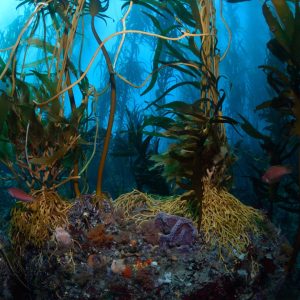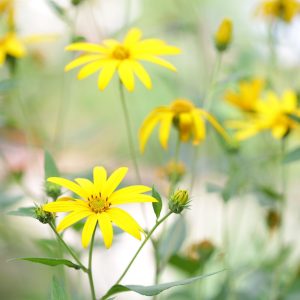Submit now: 100,000 euros for orchard-related projects

Together with its partner ARGE Streuobst, Blühendes Österreich finances and enables people and organizations that work on the topic of orchards and are active at the interface between agriculture and food production to implement projects. Blühendes Österreich finances projects and supports the restoration, improvement and maintenance of orchards.
Wanted for "Blühendes Österreich #streuobst": Outstanding projects in the orchard sector that contribute to improving the quality of domestic food production and increasing biodiversity!
Food & variety
Orchards are made up of various large-crowned fruit trees. A high diversity of fruit species and varieties as well as different age classes in the stand are essential. The distribution of fruit species and varieties is typical of the region. Scattered fruit trees can be found as fruit trees on grassland (meadow orchards), in gardens, on arable land, in vineyards, as rows of trees and avenues, as house and courtyard trees and as individual trees in the landscape.
One person who is inspired by her work in and with the orchard is the Upper Austrian cider producer, Mosttraun4tler and jury member Karin Maleninsky: "I love to bring the taste of the orchards into the bottle or glass in an innovative and taste-explosive way. My focus is on pears, one of the most characteristic cultural assets of our region. The orchard - my love and my passion."
Identity-forming cultural landscapes
Orchards not only create a sense of identity and shape the landscape, as they are representative of centuries-old, traditionally cultivated landscapes, but they also make an important contribution to climate and resource protection - orchards have a very low carbon footprint thanks to extensive cultivation and local-regional processing.
Hildegard Aichberger, board member of oekostrom AG and Blühendes Österreich, and jury member, emphasizes this sustainability: "The worsening biodiversity crisis makes sustainable action a duty. With #streuobst, we want to give people the chance to get involved in nature conservation and biodiversity."
Hotspots of biodiversity
Extensively used orchards are hotspots of biodiversity. Thousands of plant and animal species live in these interlinked grassland and tree habitats. Gábor Wichmann, Managing Director of BirdLife Austria, board member of Blühendes Österreich and jury member, emphasizes this great value: "In times of biodiversity crisis, it is essential to preserve the unique, structurally rich ecosystems of orchards. Old fruit trees serve as habitats for the highly endangered scops owl, for example. If these are lost, the owl species, which is only 20 centimetres tall, will also die out - along with many other animal species that depend on the biotope."
In Austria, orchards provide the basis for the preservation of 4,000 fruit varieties and the production of high-quality food and luxury foods as well as for the gastronomy and wine tavern industry. " The nature-friendly cultivation of orchards and their great importance for biodiversity is the best proof that it is possible and necessary for people and nature to work together, which is why I am delighted to be able to support this project," says Julia Balasch, Youth Delegate of the Biodiversity COP 2022 and jury member, underlining her commitment.
Further links
Everything about the submission






